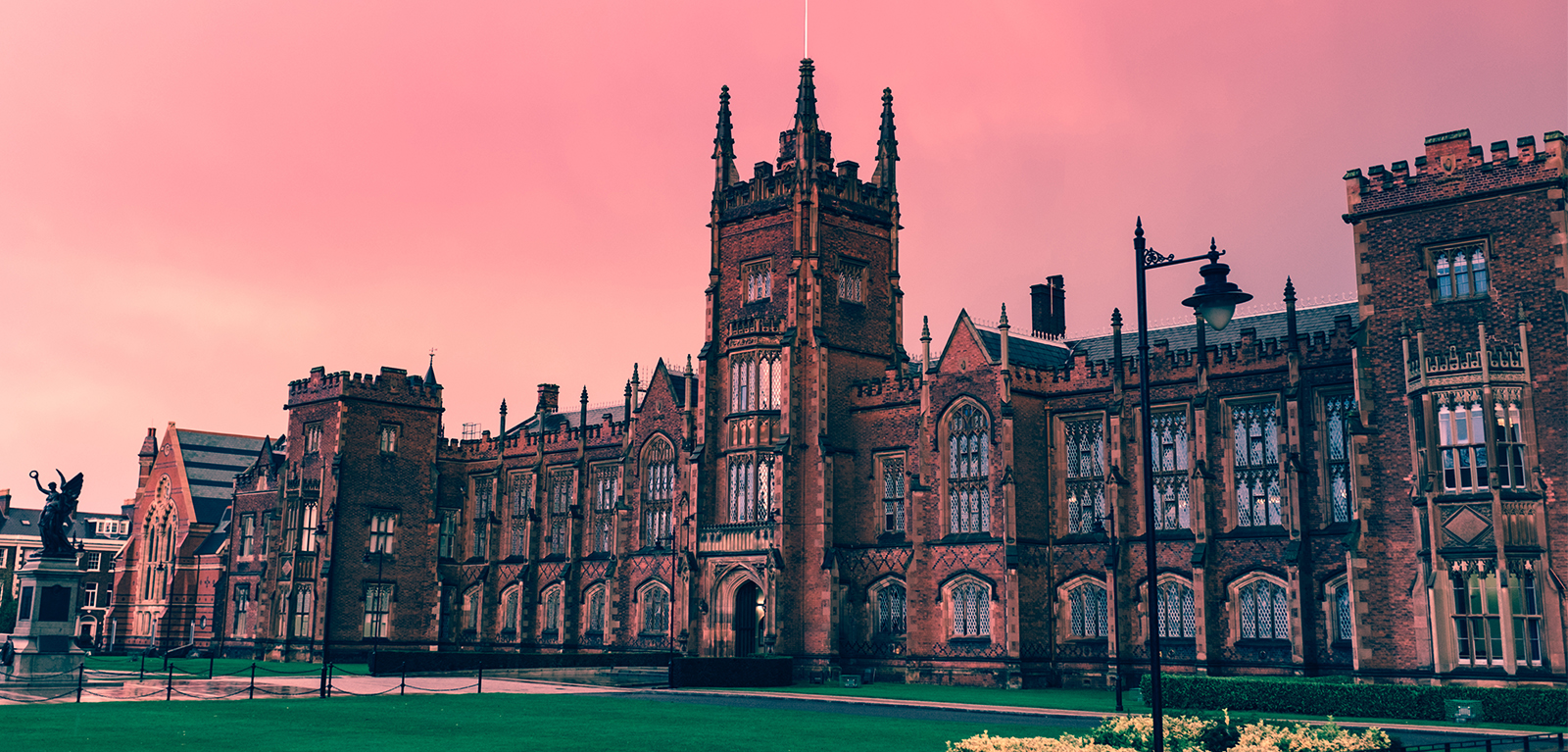England and Wales are more ethnically diverse and less segregated than ever before
England and Wales are more ethnically diverse – and less segregated – than ever before, according to new research published today following an in-depth analysis of 2021 Census data.

Dr Gemma Catney from Queen’s University Belfast led an international team of researchers to complete the first peer-reviewed analysis of the geographies of ethnic segregation and diversity using data from the 2021 Census. The research has been published in the Geographical Journal.
The team explored this at the national level, across 331 districts including large cities, and in the 36,000 local neighbourhoods of England and Wales. They also explored change over time, across four Census time points (1991, 2001, 2011, 2021).
The researchers found that ethnic residential segregation has been steadily decreasing over the last three decades (1991-2021), for all ethnic groups.
Their study showed that England and Wales is increasingly ethnically diverse and mixed. Across thousands of neighbourhoods, people from White, Black, Asian, mixed and other ethnic groups are now living side by side.
Using the Reciprocal Diversity Index (RDI) which compares levels of ethnic diversity between places and over time and with values ranging from zero to 100, they found that the number of neighbourhoods with very high levels of diversity (RDI of 30 or more) was 2,201 in 2021 (representing 6.2% of neighbourhoods). This is up from 1,578 in 2011 (4.4%), and just 342 (1.0%) in 2001.
The researchers also found that:
- The most diverse district in England and Wales is the London borough of Newham, where people of Bangladeshi heritage had a 16% share of the population, followed by White British (15%), other White (15%), Black African (12%) and Indian (11%). People from other ethnic groups made up the remaining third of Newham’s population.
- Outside of London was also ethnically diverse. In Slough (the sixth most diverse district), the top four ethnic groups were White British (24%), Pakistani (22%), Indian (19%) and other White (11%). And in Manchester the largest ethnic groups were White British (49%), Pakistani (12%), Black African (9%) and other White (6%).
- Ethnic diversity, measured using the RDI, grew steadily across England and Wales as a whole, increasing from 2.02 in 2001, to 3.56 in 2011, and to 5.14 in 2021.
- The growth of ethnic diversity at national and district levels is mirrored at the local level. Many neighbourhoods in large cities (such as London, Manchester, Birmingham, Leeds, Liverpool, Leicester) have grown in diversity, as well as neighbourhoods beyond metropolitan areas. The researchers found fewer neighbourhoods with low levels of ethnic diversity than ever.
Commenting on the findings, Dr Gemma Catney from Geography in the School of Natural and Built Environment at Queen’s says: “The Census is the gold standard for obtaining a full and detailed picture of how the UK’s population is changing. The publication of data in November provided an unrivalled opportunity for us to gain insights into the changing ethnic mosaic of England and Wales.
“After in-depth analysis, our research shows that people are more likely than ever to live next door to someone of a different ethnic background to their own. The population of England and Wales are more ethnically diverse and mixed, and less segregated than ever before.”
Launching in February, the authors of the study are next collaborating on a new £1m project funded by the Economic and Social Research Council, entitled ‘Geographies of Ethnic Diversity and Inequalities’ or ‘GEDI’, and focusing on ethnic diversity, residential segregation, socio-spatial inequalities, and migration in the UK. Dr Catney will lead a team from Queen’s University Belfast, the University of St Andrews, University of Bristol, University College London, Dartmouth College (USA), and University of Washington (USA).
Media
For media inquiries, please contact emma.gallagher@qub.ac.uk